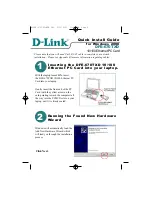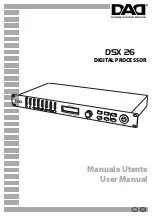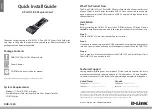
aturesOSN 7500
Technical Manual - System Description
7 Intelligent Features
Huawei Technologies Proprietary
7-2
preconfigured route; support span protection and end-to-end service protection,
improving the scalability of the network.
7.1
SLA Service
1.
Classification of SLA Service
The SLA service can be classified into multiple levels in terms of protection (high level
service, medium level service, reroute service, unprotected service and extra service,
and so on). Charges vary with the service levels and thus demands of different users
can be satisfied flexibly. The principle for classifying services is as follows:
High level service: Provided with 1+1 protection or alike, with the switch-ing time of
0–50ms.
Medium level service: Provided with M:N protection or alike (for example, two-fiber
MSP), with the switching time of 0–50ms.
Reroute service: Recalculate the path in real time, with the switching time from
100ms to several seconds.
Unprotected service: Provided with no protection in the case of any fault.
Extra service: Pre-empted by services with higher priorities when the network
resource is insufficient.
2.
SLA-Based Protection at Different Service Levels
With the SLA service provided, the OptiX OSN 7500 enables the operators to win
more customers in a differentiated market with better service and lower cost.
Table 7-1
Differential protection for service at different levels
Service level
Protection level
Service quality
Diamond
High level protection
Gold
Medium level protection
Silver Rerouting
protection
Copper Non-protection
Iron Preemptive
The QoS increases higher from
bottom up
Diamond level service is to meet demands of users such as banks, securities,
important government offices, and so on. Gold level service is to satisfy the demands
for speech, multimedia and video. Silver level service is applicable to common data
service transmission. Services of copper and iron levels are suitable for applications
such as family network access
















































